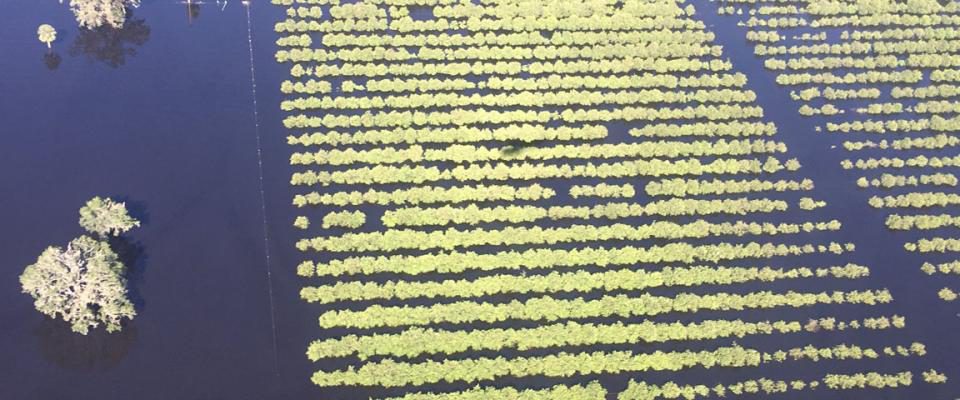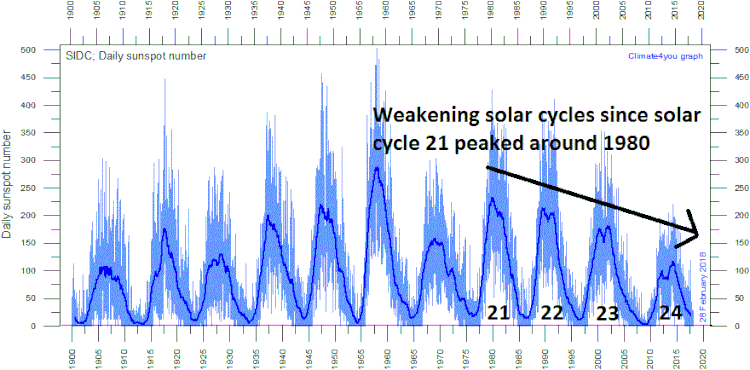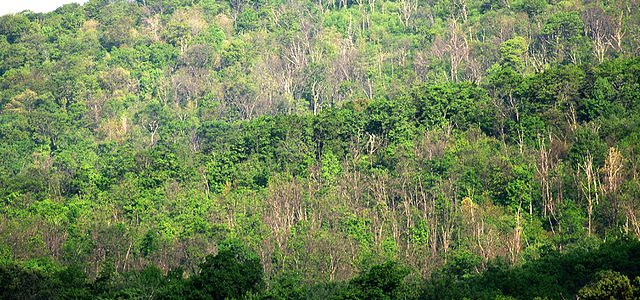Climate and Ag in the news
-

According to some newly published research in the peer-reviewed Journal of Climate, the Sahara Desert has expanded by 10 percent since 1920. Many deserts form in the belt of sinking air located around 30 degrees N and S latitude. This sinking air is associated with the Hadley cell, a vertical circulation of air linked to…
-

Do you remember all the agricultural damage from Hurricanes Harvey and Maria last year? Or from the wildfires in California? Congress voted in February to provide disaster aid to those farmers to the tune of $2.36 billion. But very little of that money has been paid to producers yet, causing them to become concerned and…
-

The University of Florida IFAS Extension newsletter posted a good scientific review of temperature inversions in the atmosphere that you might find useful. For this time of year they are especially important to know about because some frost prevention methods like using fans or helicopters depend on the presence of an inversion to help bring…
-

Rain and frost have hurt the supply of artichokes from California this year according to The Packer last week. First a heavy frost hit, and that was followed by rain which caused the artichokes to look frosted and reduced yields just ahead of the Easter season, when artichokes are often promoted. However, unless they get…
-

This is one of the more unusual stories I have read about the relationship between agriculture and climate. A set of new rivers has appeared in Argentina, due to a combination of factors that includes land use changes associated with growing soybeans and a rainier climate. The rivers are rapidly eroding farmland, leaving behind deepening…
-

Here’s an excellent discussion of recent solar activity and the grand solar minimum which will be occurring shortly from my friend John Feldt of Blue Water Outlook, who has given me permission to share it. Solar activity has been rapidly decreasing since around 1980. The current cycle, Solar Cycle 24, has been marked by the…
-

Molly Samuel had a story this week on WABE 90.1 radio describing a new study that shows that “Over the past few decades, forests in the eastern U.S. have changed in response to changes in the climate. A recent study describes how as climate alters forests, those same forests then have an effect on the climate. The Southeast…